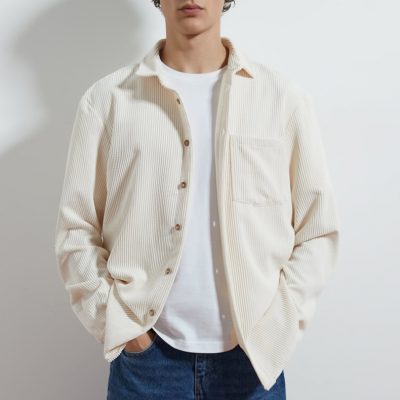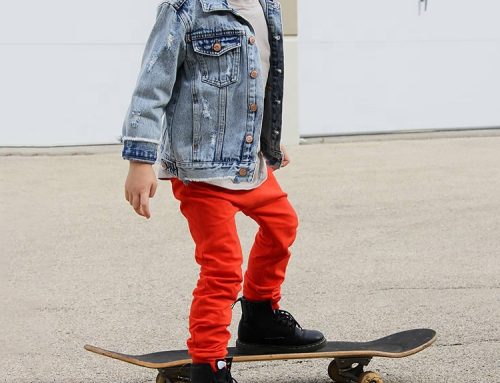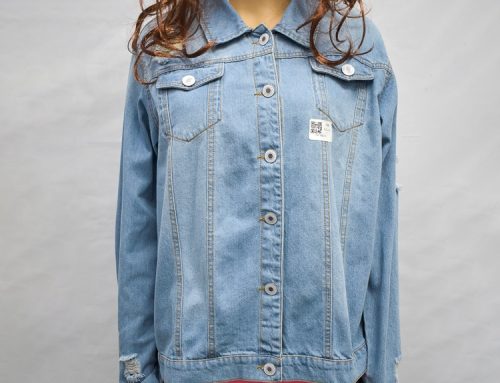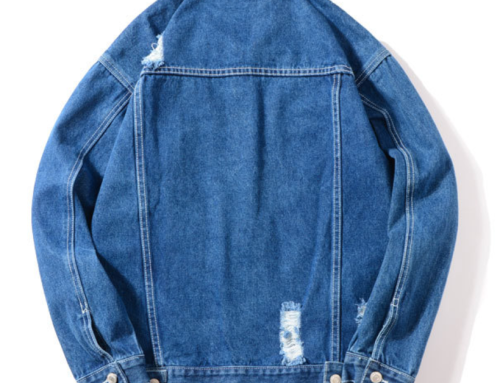Traditional down jackets are generally divided into four parts: fabric, lining, bladder, and filled down. Down usually uses the down feathers from the abdomen of ducks and goose, which can be divided into two parts, down and down. Feather can improve the bulkiness of down, and down can play an important function of keeping warm. After the down is washed, dried and classified, the down It is unfolded again and filled into the liner cloth as the main material supporting the warmth of the down jacket. The special nature of down gives the down jacket light weight and good warmth retention. In actual production, lining and bladder cloth usually choose high-count and high-density fabrics to resist drill pile, and the material is relatively simple, so we will not discuss it here. As the “front” of down jackets, fabrics inevitably involve several main properties of down jackets: anti-drilling, warmth, and comfort.
1 Anti-drilling property
undercut resistance refers to the ability to prevent feathers or down from burrowing or leaking out between the gaps in the yarn. It is generally used to indicate the number of velvet produced under specified conditions. According to the national standard GB/T14272-2011 for down garments, the fabric that directly contacts the down must have the performance of anti-drilling. Under normal circumstances, down will not be arbitrarily drilled out when wrapped in a fabric with a density that meets the standard, and the most likely cause of fabric velvet is that the density of the fabric is too low. In addition, if the density of quilting and stitches is not handled properly, it may also cause hair leakage. This also requires the fabric to contain high-density properties.
2 Warmth retention Warmth retention refers to the degree of thermal insulation of the fabric. Its size is expressed by the Cro value, and the Cro value describes the thermal insulation performance of clothing or fabric, that is, the engineering unit of “thermal resistance”. In addition to the down jacket’s warmth retention comes from the down itself, part of it comes from the fabric. There are many factors affecting the warmth retention of fabrics, such as the type of fiber, the linear density of the yarn, the warp and weft density of the fabric, the overall thickness and the finishing method. Changes in the above factors will more or less affect the warmth retention performance of the fabric itself. As the Cloth value of the fabric continues to increase, the overall warmth of the down jacket is also increasing, but the increase is not large, and the increase shows a gradual decrease. Starting from the warmth retention, down jacket fabrics only need to meet the basic warmth retention.
3 Comfortability The comfort performance of fabrics refers to the various properties that meet the needs of human physiological hygiene and activities. The comfort performance of down jacket fabrics generally involves stretch elasticity, rigidity and flexibility, pilling, air permeability, moisture permeability, etc. . In order to ensure soft hand feel, the properties that need to be satisfied are generally good softness, pilling and certain stretch elasticity. As winter clothing, down jacket fabrics do not need too much air permeability, and because down can not be wetted, this also requires down jacket fabrics to have good waterproof performance. On the basis of the above properties, down jacket fabrics must meet the requirements of functionality and comfort. Low-density and high-density fabrics, as one of the current development directions of textiles, can become a new choice for down jacket fabrics.






